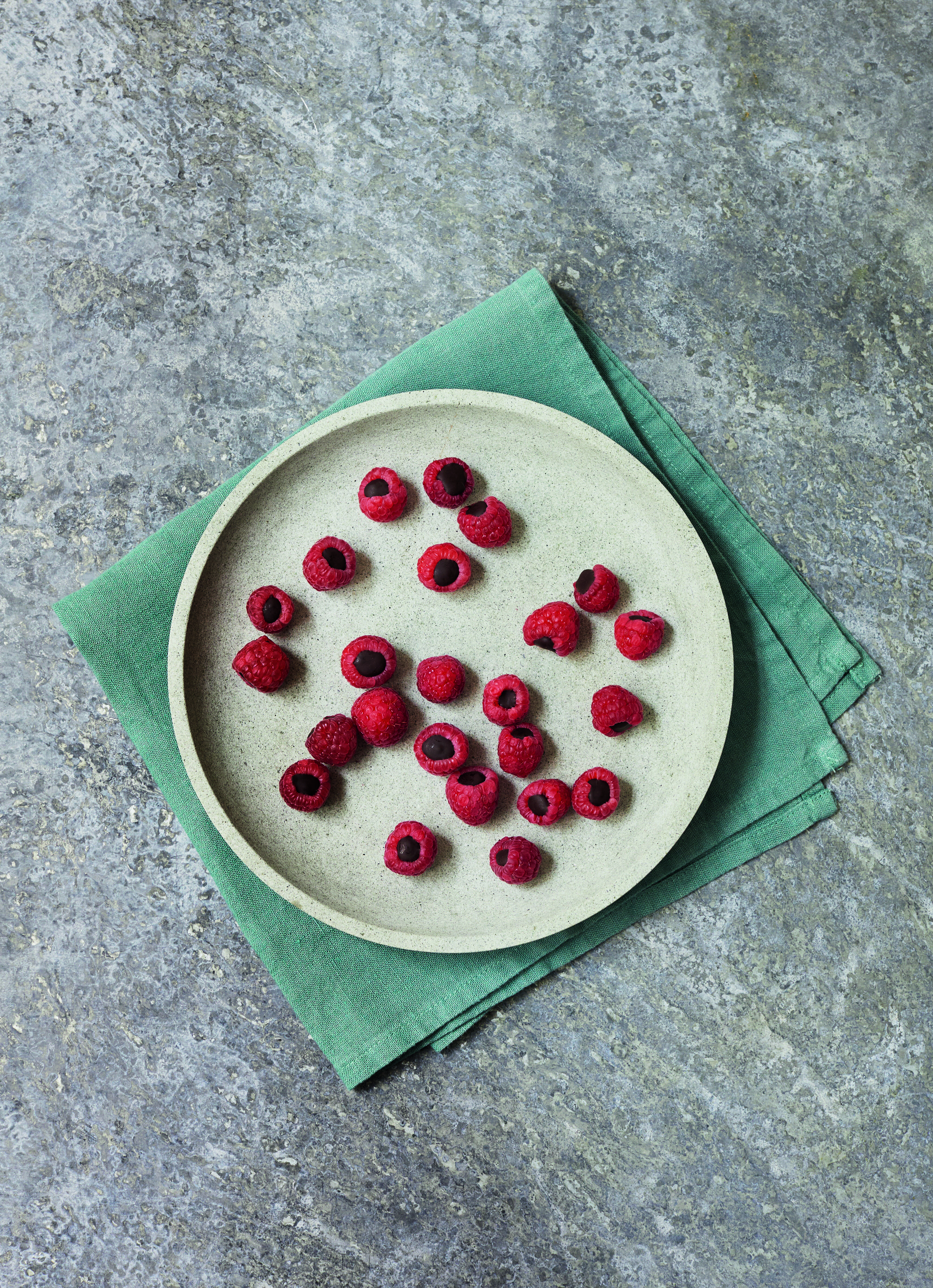
Love chocolate, but like to be healthy? Enjoy it with a little Wellness
Doctor, cook and author Gary Deng explains why, in right amounts, some chocolate is just fine
You’ve probably heard of the Glycemic Index, but do you really know what it means? For a solid explanation, you can turn to Dr Gary Deng. Dr Deng is not only the Medical Director of Integrative Medicine at Memorial Sloan Kettering Cancer Center, and a Clinical Professor of Medicine at Weill Cornell Medical College, of Cornell University; he’s also a pretty good amateur cook, and takes a strong interest in the way good food leads to a healthier life.
In the introduction to his new cookbook, The Wellness Principles, he breaks down the role of carbohydrates. “The main function of carbohydrates is to provide energy for our body,” he writes. “They are the fuel that keeps cellular activities going, and we need them to sustain life. Carbohydrates come in the form of starch and sugar. Starch is sugar molecules strung together; if starch is a pearl necklace, sugar is the pearl. In some foods, carbohydrates exist as starch, such as bread, rice, pasta, other grains, potatoes, and sweet potatoes. All digestible starch foods are converted to sugar in the body to be absorbed. In other foods, such as fruits, carbohydrates exist mainly as sugar, which needs no digestion to be absorbed. Ultimately, all starch and sugar are converted to glucose, which is the form of sugar the cells can use directly as fuel.”
This is where the Glycemic Index comes in. “The Glycemic Index (GI) measures how fast carbohydrates are converted to glucose in the body,” he writes. “The higher the number, the faster a starchy food raises the glucose level in the blood. For example, white rice has a GI of 70–80, whereas brown rice is 40–50. White bread is in the 70s and pasta or whole-wheat bread in the 50s.”
Those spikes in blood sugar brought about by high GI foods aren’t great, and while the Glycemic Index isn’t an absolute guide to a healthy diet, “foods with a GI higher than 70 are considered high-GIfoods, and you should eat less of those,” advises Dr Deng. “From 56 to 69 are considered medium (don’t eat too much). Those below 55 are low (less concerns of raising blood sugar levels).”

Dr Gary Deng
Many chocolate bars fall at that higher end, though that doesn’t mean a healthy diet is one entirely free from chocolate. “Eating chocolate is fine,” says Dr Deng, “depending on how much sugar is in the chocolate and how much you eat. For example, a 1-inch (2.5 cm) square piece of dark chocolate weighs a little over ½ ounce (15 g) and contains only about 5 grams of sugar, if it is 70 percent cacao, or 3 grams if 80 percent cacao. This isn’t enough to make any significant change in blood glucose level.
“On the other hand, most individually wrapped, single-serving chocolate bars have between 20 and 40 grams of sugar,” he goes on. “Read the product label and aim at less than 10 grams of sugar per serving. This translates to two square pieces of dark chocolate or half or one-quarter of a ‘single-serving’ chocolate bar.”
If that sounds a little dry for a dessert option, then maybe try Deng’s recipe for chocolate-filled raspberries, which is lower in sugar than you might imagine. “Chocolate together with low-sugar fruits is a healthy replacement for richer chocolate desserts,” he writes. “Dark chocolate (70–85 percent cacao) is preferred for its lower sugar content. All berries, with the exception of blueberries, are low-sugar fruits, containing about 5 percent sugar. The creamy mouthfeel and slightly bitter taste of chocolate combined with the succulent mild sweetness of berries such as raspberries or strawberries creates a satisfying dessert.”
The portions are pretty small in this recipe; one cup (130 g) of raspberries and half a cup (60 g) of chopped dark chocolate or dark chocolate chips yields enough for four; and that’s just fine for Deng and his dining companions: “dessert is to complement and finish a meal, not to fill up a gap and make you feel full.”
To make the dish, put the chocolate in a small zip-top plastic bag. Squeeze out the air and seal it. Submerge the bag in a covered bowl or saucepan with very warm water, 120°–140°F (50°–60°C). The temperature should be such that you can touch it but not hold your hand in it for too long. The chocolate should melt in 5–10 minutes. Gently squeeze the bag until smooth.
Line up the raspberries, open-side up, on a tray. Cut a very small hole in a lower corner of the bag. Fill each raspberry with chocolate. Let the chocolate set either at room temperature or in the refrigerator for 10–15 minutes. Then serve.

The Wellness Principles
For more recipes such as this (Dr Deng has a great one for fruit salad with chocolate sprinkles) order a copy of The Wellness Principles here.